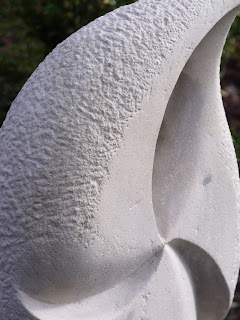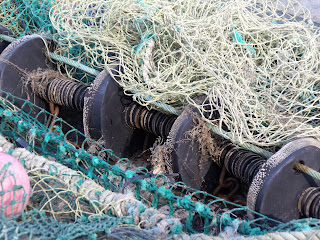I have been working on my first assignment for the OCA photography course. I have to submit 16 photos, 8 pairs, showing different contrasts. Rough/smooth, still/moving, etc. It was quite a challenging assignment and I had to look through some archive pictures to get sufficient quantity/quality. Here are a few of the ones I selected. It has been a challenging assignment, getting pictures that I am happy with, both in terms of the composition and the quality. I have used some photos that were taken as part of the exercises leading up to thsi assignment as well as some digital photographs from 2010. I have also included one form my 35mm film days as it is a shot that I just couldn't recreate easily as I didn't have the subject matter.
Straight and Curved: This photo is for straight (lines).
I was trying to think of a good example of straight lines, and while looking around the room saw this.
Soft and Hard: I saw this image the other morning.
I love the was the ivy appears to be tickling the chin of the cat. The expression is perfect.
The weathering gives the stone a lovely texture.
Liquid and Solid: The sea at Ilfracombe harbour, this morning.
A bit obvious fofr liquid. But I just love sea pictures.
Still and Moving: This is from some time ago (from 35mm) but I love the image.
It also uses a technique encountered in the examples of bluring the subject (slow shutter speed).
Rough and Smooth: This is part of a wall on the Torrs.
I used the exercise technique of focussing on a mid-way point and using a low f-stop.
This only makes the mid-way point in focus, drawing your eye to the ragged slate.
Soft and Hard: This is soft in so many ways. But is really to show the fur.
He is also the softest cat in the world too. It is lovely to see the individual hairs on his face and leg.
So far I have really enjoyed this course. While having a good working knowledge of 35mm cameras I am finding the whole world of digital really inspiring and it has given me a new lease of life for taking photographs. The ability to see, instantly, if the shot has come out as you expected, is fantastic. Getting used to the new camera is quite a challenge, as while it has all the features I am used to on a 35mm camera, naviagting the menus and remembering all the options is a but tricky, especially as the manual is 160 pages (too much to carry around with you). I am still using the compact digital camera for quick shots, when I don't have my main camera with me.
When I belonged to a camera club I found I ended up just taking photos for judges, making the whole process mechanical and expensive. Working through these exercises have made me re-examine the way I choose a subjuct and frame it. I am looking forward to the next set of exercises.



















































